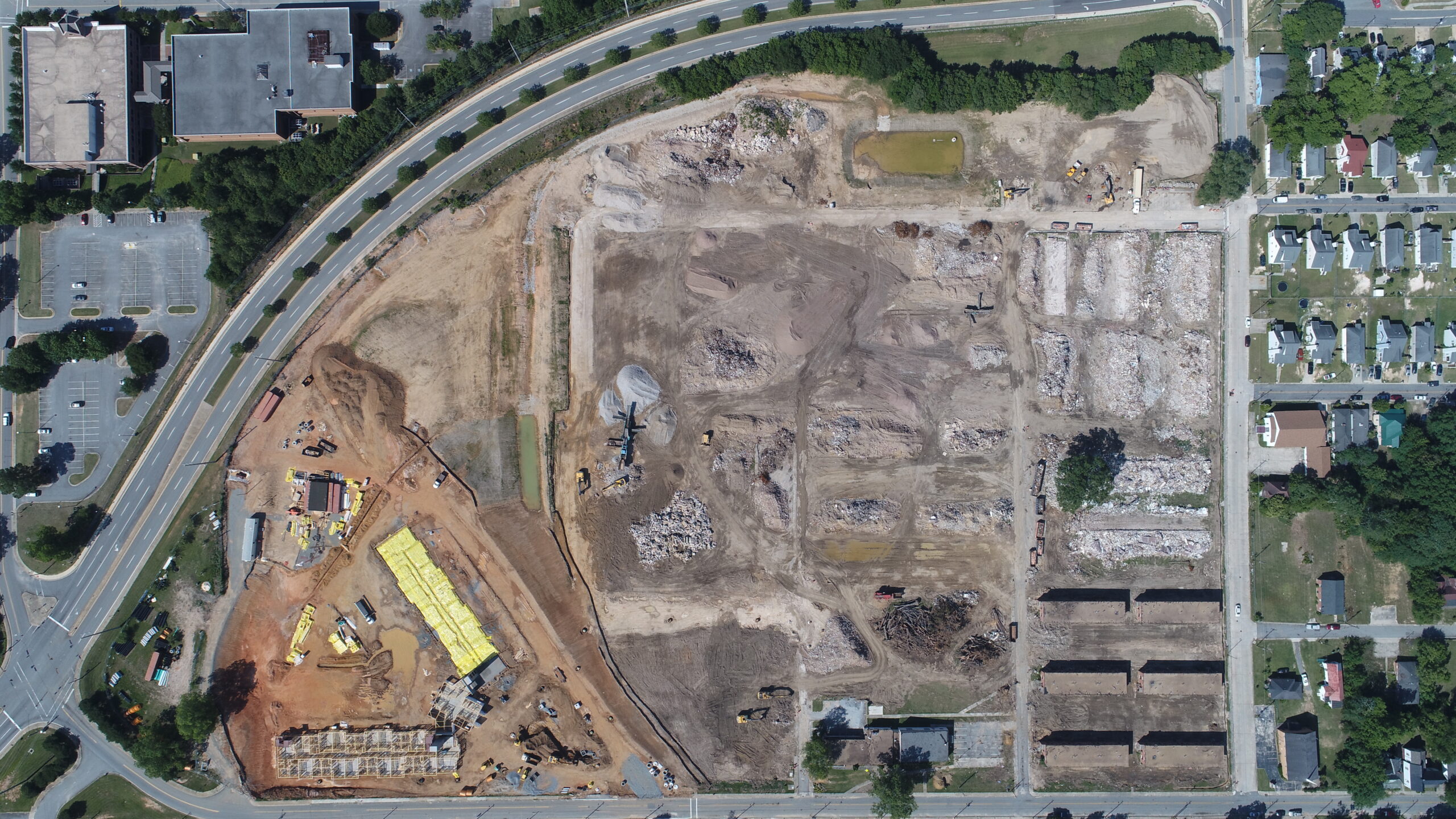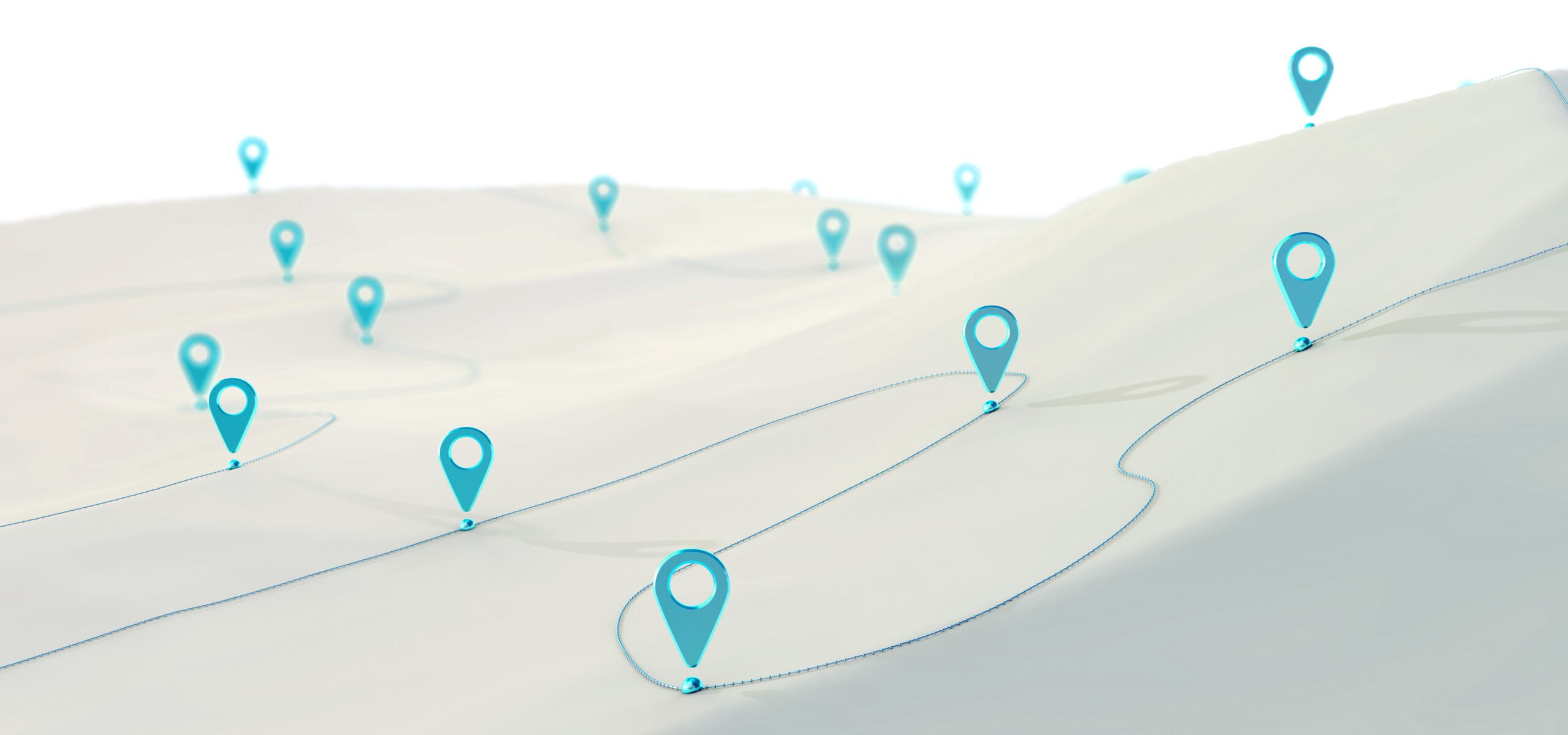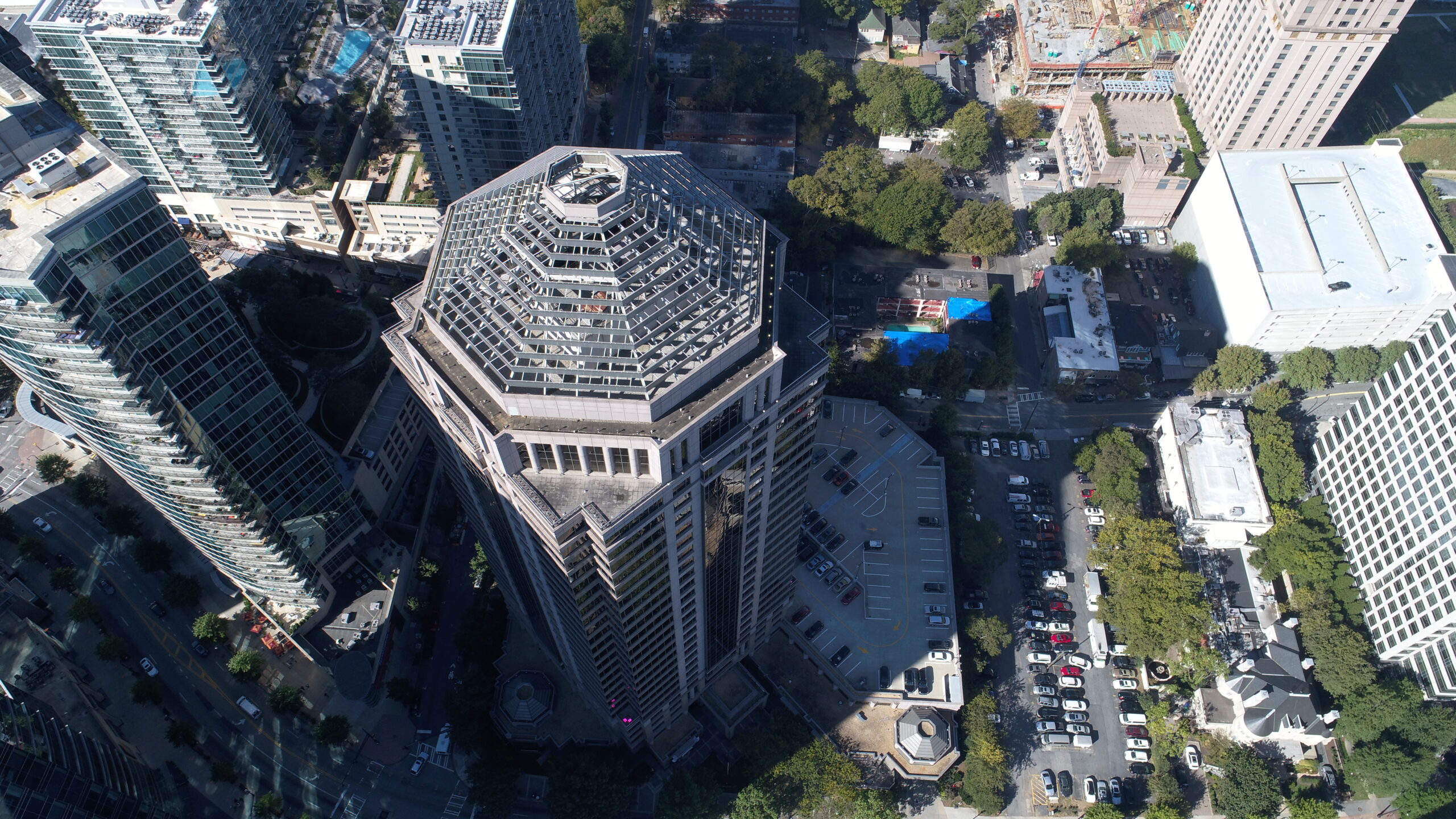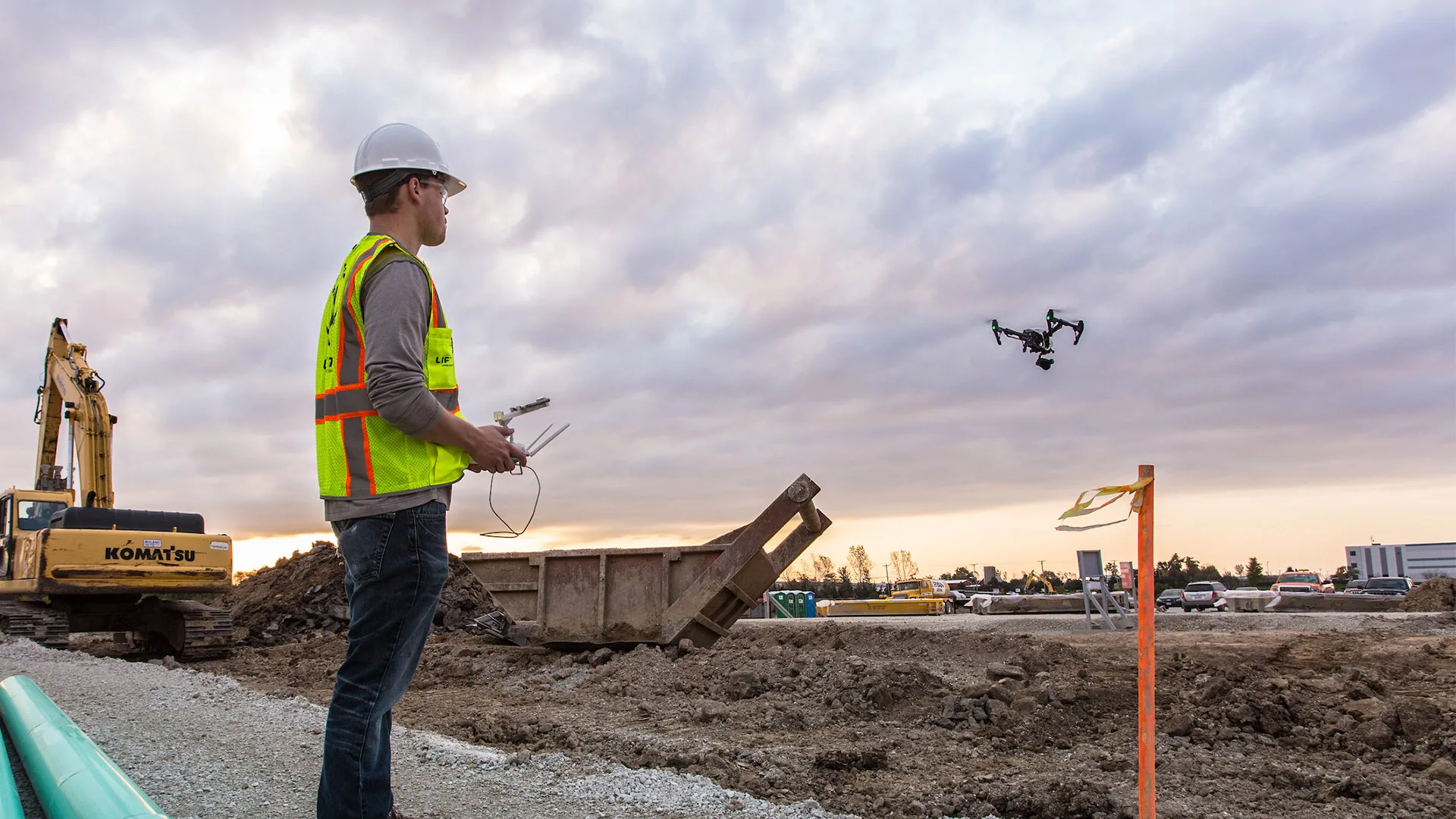Estimated reading time: 4 minutes

Unveiling the Potential of Drones in Large Land Area Capture
In recent years, the allure of drones, also known as unmanned aerial vehicles (UAVs), has soared to new heights owing to their remarkable ability to capture expansive land areas through aerial photography and videography. This technology is a versatile and dynamic tool with applications spanning from mapping and surveying to monitoring and conservation. In this blog post, we embark on a journey to explore the myriad advantages and nuanced challenges entailed in employing drones for the capture of extensive land areas.
Advantages of Leveraging Drones for Large Land Area Capture
1. Speed and Efficiency:
Drones epitomize speed and efficiency when it comes to covering substantial land areas. They traverse vast expanses with agility and precision, achieving in mere hours what might take humans days or even weeks. Their capacity to access remote or treacherous terrains further enhances their value. Consequently, they emerge as invaluable assets for tasks such as monitoring sprawling construction sites or surveying remote and inaccessible regions.
2. Versatility:
One of the most compelling attributes of drones lies in their versatility. These aerial marvels can be equipped with an array of sensors, ranging from thermal cameras to lidar, catering to diverse data collection needs. Their adaptability renders them indispensable for a wide spectrum of applications, encompassing topographic mapping, meticulous land surveys, environmental monitoring, and safeguarding ecosystems and wildlife.
3. Cost-effectiveness:
Drones usher in a cost-effective era when juxtaposed with traditional methods such as manned aircraft or ground surveys. The substantial reduction in infrastructure and personnel investments, coupled with frequently superior data quality, substantiates their appeal. The financial prudence of choosing drones positions them as an astute choice for data-driven enterprises with an eye on cost optimization.
Challenges Encountered When Employing Drones for Large Land Area Capture
1. Regulatory Complexities:
The utilization of drones for large land area capture is often entangled in a web of regulations governing UAV usage and data collection. It is paramount to tread carefully within the legal framework and ensure full compliance with privacy laws. Acquiring the necessary permits and meticulously documenting operations are prerequisites that demand unwavering attention.
2. Weather-Induced Limitations:
The vulnerability of drones to weather conditions, including high winds, rainfall, and snowfall, poses a significant challenge. Adverse weather can curtail or disrupt drone operations, affecting data quality and posing logistical challenges. Adapting to meteorological fluctuations requires skillful scheduling and contingency planning.
3. Battery Life Constraints:
The finite battery life of drones poses a fundamental limitation, especially when capturing vast land areas. Managing battery optimization and recharge intervals becomes crucial to ensure uninterrupted data collection. Effectively navigating these limitations may necessitate multiple flight operations for extensive land area capture.
4. Data Management and Processing Complexity:
Drones generate prodigious volumes of data during large land area capture, presenting a challenge in terms of management and processing. Effective data extraction and analysis require specialized software and skilled personnel with the capacity to distill pertinent insights from the wealth of information.
In Conclusion:
In summation, drones emerge as potent allies in the pursuit of large land area capture through aerial photography and videography. They embody speed, efficiency, versatility, and cost-effectiveness, underpinning their appeal. Notwithstanding these advantages, they are accompanied by a set of challenges, encompassing regulatory intricacies, weather-related considerations, battery life constraints, and the complexity of data processing. Armed with meticulous planning and execution, drones represent an effective conduit for data collection, empowering informed decision-making across myriad industries. As technological progress continues unabated, the partnership between human ingenuity and drones stands poised to redefine how we perceive, engage with, and manage the expansive landscapes of our world.



